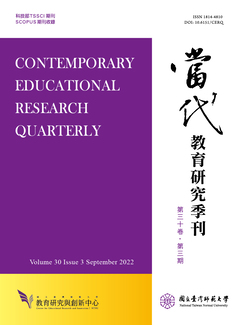

The features of the geological background of the National Quemoy University students, 80% of them from Taiwan, create morphology similar to that of a melting pot. Since NQU students have fewer chances to interact with university students in Taiwan, their social life can only be confined on Kinmen, and therefore, they form an ideal isolated population for social network study. This research explores the relationship between the academic performances and the social behaviors as well as the social and learning networks of 179 students of the Department of Civil and Engineering Management at NQU. What is found is that their social interaction is as frequent as before, but the number of social subgroups decreases for senior classes. On the other hand, learning networks, in contrast with the social networks, tend to be more fragmentary. The main causes may be threefold: (1) senior students spend less time studying, (2) many students prefer to study by their own, (3) the department does not provide courses that encourage group learning. This research depicts that living together during freshman year can be the most decisive factor, followed by club participating and gender identification, in shaping students' social lives within the next 3 years. In comparison with the entire class, students of a subgroup have more consistent academic performances and higher attendance rates. This confirms the positive peer influence exerted by the subgroup. This research is a pilot study which applies network theorems to analyze student social networks, and the result can be used to devise student counseling and to improve the quality of teaching.

This work is licensed under a Creative Commons Attribution-NonCommercial 3.0 Taiwan License.
Center for Educational Research and Innovation, National Tawain Normal University
162, Ho-Ping East Rd, Sec. 1, Taipei, Taiwan | Tel:+886-2-7749-3670 | E-mail: cerecerq@gmail.com
CERI | NTNU | E-mail Alerts | Open Journal System
© 2014 CERI-NTNU
